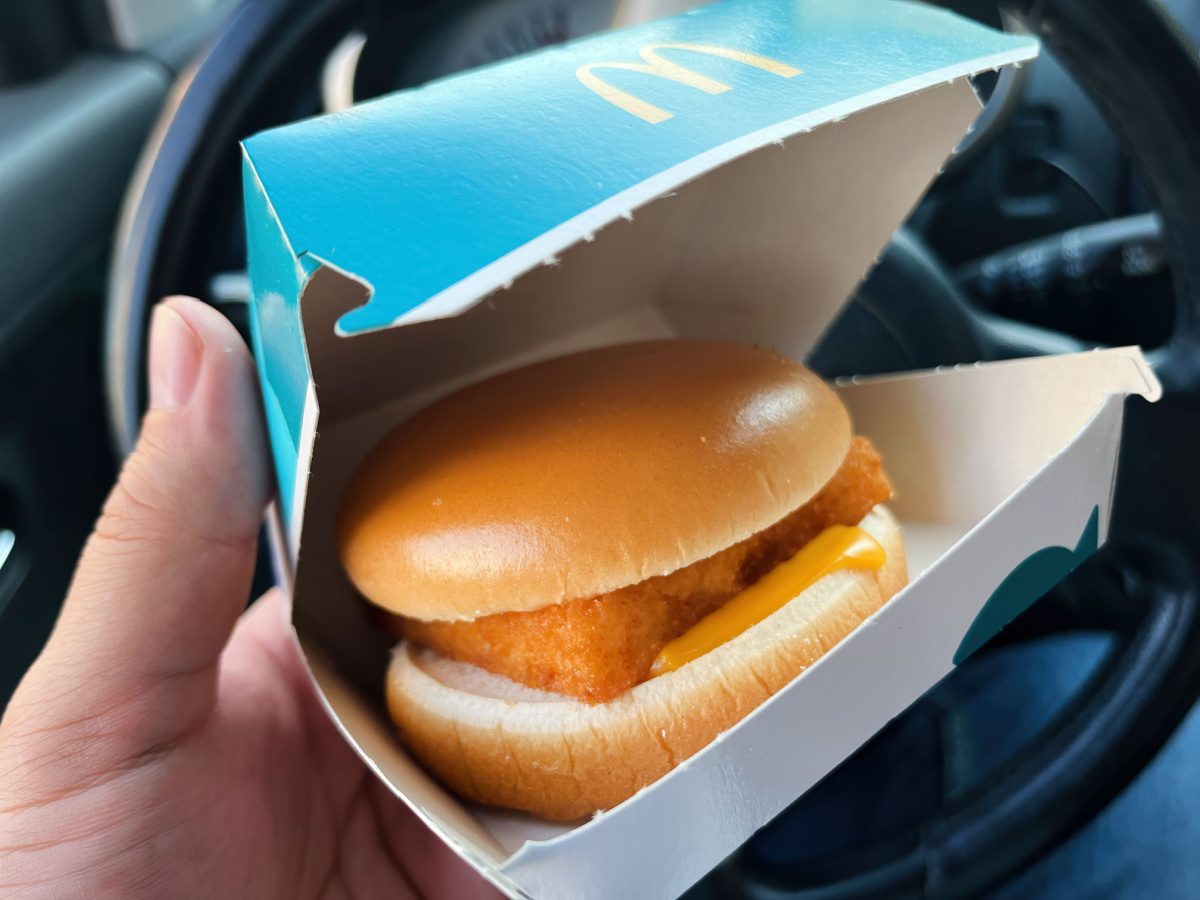
In 1962, McDonald’s franchisee Lou Groen realized that his cheeseburger sales were down on Fridays, especially during the time leading up to Easter. The reason? Groen lived in Cincinnati, a heavily Catholic area, and observant Catholics were avoiding hamburgers and other meat products on Fridays as part of their faith. Ever the business executive, Groen knew there must be something to lure in this customer base on Fridays.
His creativity would lead to the creation of the Filet-O-Fish sandwich. The McDonald’s website notes, “With determination and a knack for thoroughness, Groen convinced McDonald’s to test a breaded whitefish sandwich to help satisfy customers who abstained from eating meat on Fridays in observance of Lent.” That breaded fish sandwich would become known as the Filet-O-Fish. Paul Groen told McDonald’s, “My father exemplified Ray Kroc’s philosophy that you can succeed if you put the customer first.”
The younger Groen followed in his father’s footsteps and also owns multiple McDonald’s locations. At the time of the creation of the Filet-O-Fish, Lou Groen was “barely doing $300 in daily sales” on Fridays, said Paul Groen. He said, “My father needed that fish sandwich to survive and compete against other restaurants. He set in motion a framework of success that would benefit future generations.” At the same time Groen was testing the Filet-O-Fish, McDonald’s founder Ray Kroc had another meatless alternative idea: the Hula Burger.
The Hula Burger consisted of a piece of grilled pineapple served on a bun with cheese. While Kroc had faith in his creation, the public did not. The Filet-O-Fish proved to be far more popular than the Hula Burger. The Hula Burger was discontinued in 1963. In 1965, the Filet-O-Fish was added to the McDonald’s menu nationally and became the first new product ever added to the chain’s original menu.
At the time, the Filet-O-Fish was priced at $0.29. According to the McDonald’s website, it was the only non-hamburger sandwich on the menu. Its base components – bun, tartar sauce, breaded fish and half-slice of cheese – have remained unchanged since its official launch. Today, in the United States, the Filet-O-Fish is made of Alaskan pollock. The sandwich is also available in many countries, with slight regional variations.
Unlike other fast-food fish offerings, which appear only during Lent, the Filet-O-Fish remains on the McDonald’s menu year-round. And, true to its origins, it remains prevalent during Lent, according to the McDonald’s website. A full 25 percent of all Filet-O-Fish sandwiches are sold during the 40 days of Lent.
